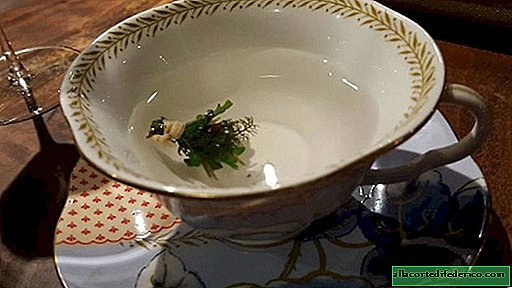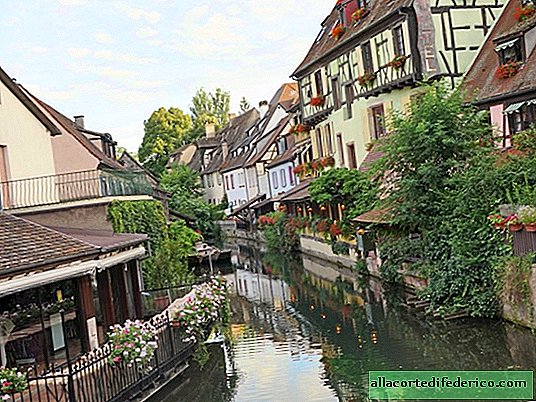American maple has captured Russia, and no one knows how to stop it
The American (or ash) maple is familiar to many residents of our country and is widespread everywhere, with the exception of the tundra regions. But it turns out that this is not a native inhabitant of our latitudes, but a "treacherous aggressor" who is quickly capturing new territories, threatening the well-being of our forests and other ecosystems.

If Europe defended itself from the Colorado potato beetle for a long time, knowing about its danger, then with another migrant from America everything was completely different. Initially, American maple was introduced to Europe in the 17th century as an ornamental plant; it was bred in botanical gardens along with other exotics from distant countries. In Russia, this type of maple has long been growing in the botanical gardens of St. Petersburg and Moscow.
The wildness of this American maple began to be observed in the 20s of the last century, when it began to breed self-seeding and successfully develop more and more new territories outside the botanical gardens and parks.
Currently, the scale of distribution of this species has led to the status of an American invasive species as a plant that has spread through the fault of humans and threatens the biological diversity of indigenous ecosystems.

What is the danger of a seemingly innocent tree growing in every yard and in every square? The fact is that this species propagates very quickly by self-seeding and grows quite quickly. According to these parameters, local tree species are often inferior to maple and lose the fight for a place under the sun, in the literal sense of the word. Increasing its presence in forest and forest-steppe communities, maple forces out native species of trees and often becomes the predominant tree species in the ecosystem.
A similar change in the prevailing tree species leads to a change in the entire biocenosis. Other species of insects and birds already live in the changed forests, and the ecosystems themselves are significantly inferior to the original ones in their biodiversity. In addition, agricultural lands that overgrow this indestructible species of trees suffer from American maple. Ash-leaved maple is also a strong allergen, which causes a lot of trouble during flowering.

Despite the fact that the problem of the aggressive distribution of American maple has been known for several years, there is still no solution. Scientists sound the alarm, but they can only state a sad fact. Traditional control measures, such as cutting down, can no longer cope with the pressure of a migrant from the New World, and he continues to seize the territory of our country.

















